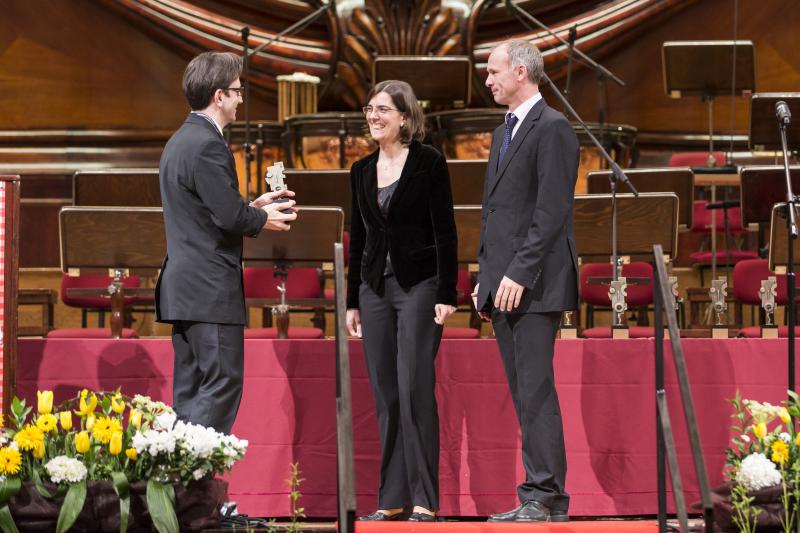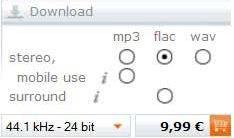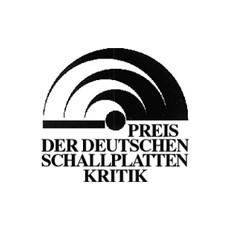
Neuigkeit Apr 2, 2014 | Wencke Wallbaum News & Rezension & Release & Artists Terrific start of new Abbado production
Founded in 1999 by Christophe Le Gall, established in France but international by its team active across Europe and in North America, ResMusica covers news on performances, concerts, festivals and musical institutions with daily reports and articles, interviews and analysis on all aspects of classical music and dance. Reviews on albums, videos and books are also available.
Each month ResMusica give five La Clefs du mois to reward outstanding publications on albums, videos and books. Since 2009, a selection of these La Clefs du mois are awarded the La Clefs d'Or, rewarding outstanding releases of the year. Since 2009, ResMusica is the French representative to the jury ICMA, the International Classical Music Awards.
The 11,000 articles freely available and the 1200 reviews published every year, the team of 40 writers spread across 7 countries contribute to make ResMusica the most active francophone publication for classical music and dance on the Internet.
A fortiori we are very happy about this important decoration!
Each month ResMusica give five La Clefs du mois to reward outstanding publications on albums, videos and books. Since 2009, a selection of these La Clefs du mois are awarded the La Clefs d'Or, rewarding outstanding releases of the year. Since 2009, ResMusica is the French representative to the jury ICMA, the International Classical Music Awards.
The 11,000 articles freely available and the 1200 reviews published every year, the team of 40 writers spread across 7 countries contribute to make ResMusica the most active francophone publication for classical music and dance on the Internet.
A fortiori we are very happy about this important decoration!







